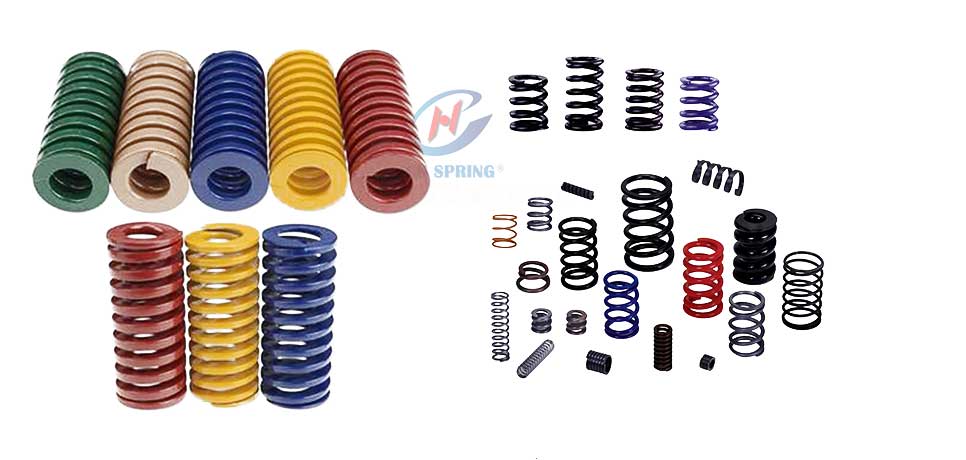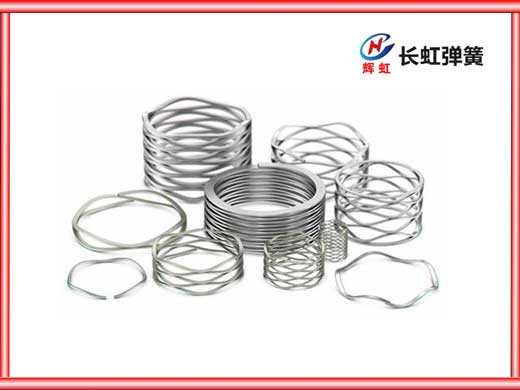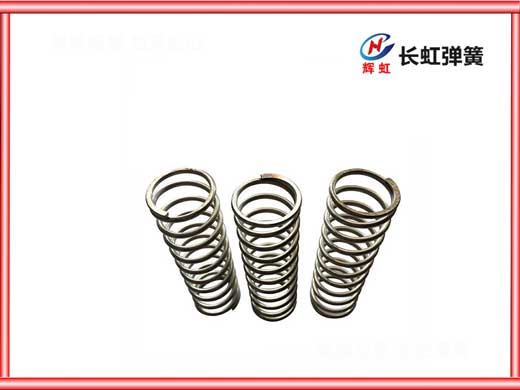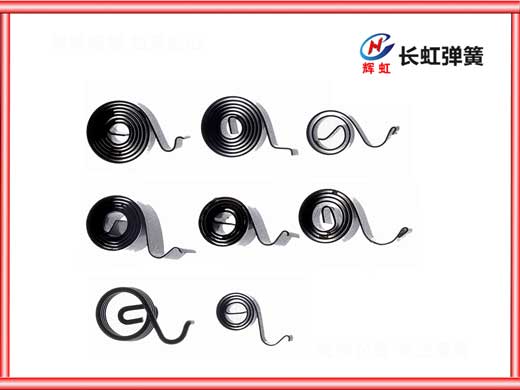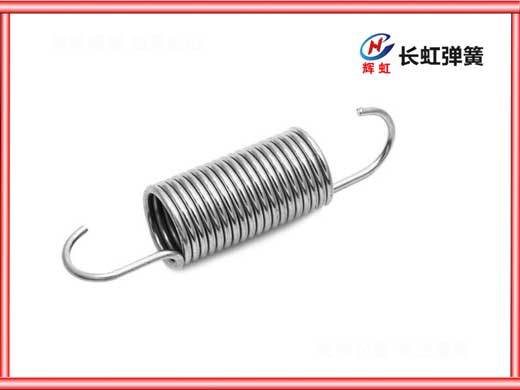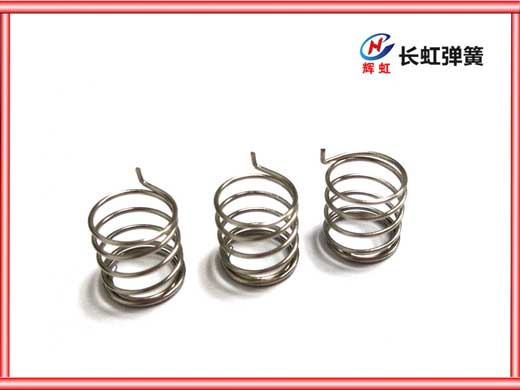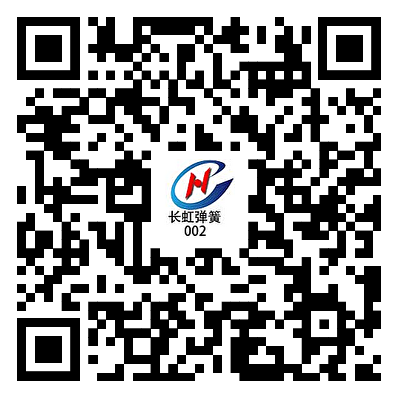Introduction to die springs
The material of the mold spring is generally alloy. The mold spring products made of high-quality chromium alloy steel have maximum load-bearing capacity and extended service life. The material is made of rectangular steel wire made of SV9254 chromium silicon alloy and ground flat.
The materials include SAE6150 chromium vanadium steel, INCONEL-750, INCONEL-718, NIMONIC 90, etc.
Temperature range: -46 ℃~300 ℃
Classification and characteristics of mold springs
The load level of mold springs is usually distinguished by color, which can reflect the compression amount and elasticity of the compression spring. Common rectangular spring colors include purple, yellow, blue, red, green, brown, orange, ivory, light blue, and light green. It has a small volume, can withstand high-speed amplitude, and has good stability and fatigue strength.
Mold section compression spring: Similar in properties to circular interface cylindrical spiral spring, the difference is that it uses a material with a rectangular cross-section. Under the same spatial conditions, the stiffness of rectangular cross-section spiral compression springs is greater
Application advantages of mold springs
Elasticity is a commonly used component that provides elasticity to molds, in addition to nitrogen springs. The strength of the spring is related to whether the mold production is smooth and whether the products produced are qualified. The spring force is too small, which may cause various problems such as product deformation, mold failure to detach, difficulty in removing the product from the mold, material loading, and easy wear of the blade and punch. Compared to ordinary springs, rectangular springs use square wire, which has better strength and fatigue resistance. To a certain extent, it can reduce the production risks caused by the use of inferior springs by users, improve production efficiency, and save production costs.
Mold springs are widely used in stamping molds, metal die-casting molds, plastic molds, as well as other elastic motion precision mechanical equipment, automobiles, and other fields. The quality exceeds the customer's requirements, greatly reducing the risk of customers using inferior springs.
